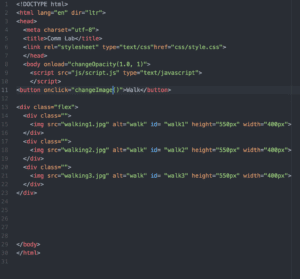In Jonathan Lethem’s “The Ecstasy of Influence: A plagiarism” he utilizes the very techniques he analyzes as the fundamental way of proving his point. He draws on the ideas of numerous authors to prove the worthiness and success ‘plagiarism’ has generated in the arts. In doing so, he intentionally takes other authors’ ideas to further his point that there are acceptable ways of going about plagiarism (he also eventually and appropriately gives credit to these authors). Moreover, he mentions throughout his work many famous instances of plagiarism. He writes, “without The Flintstones-more or less The Honeymooners in cartoon loincloths-The Simpsons would cease to exist” (61), subtly revealing the connection of three huge franchises as plagiarisms of one another.
Further, what I had a hard time with in this article was defining the line between plagiarism and inspiration. How far can we go in taking someone else’s idea that we’ve successfully transformed it into something new? When, if ever, is it acceptable to rework someone else’s idea to achieve something completely different? In this way, I see meaning in plagiarism. I think there are genuine, acceptable ways of recreating someone else’s idea, or even telling the same story in a different form. For example, it’s well known that Shakespeare’s Romeo and Juliet is based off of an Italian tale with relatively the same plot line. But Shakespeare’s work is an art of it’s own: his use of iambic pentameter, elaborate rhyme schemes and diction is what makes his reworking of the story so effective. In my opinion, instances like this are not plagiarism but rather using other works as inspiration to achieve something greater.





